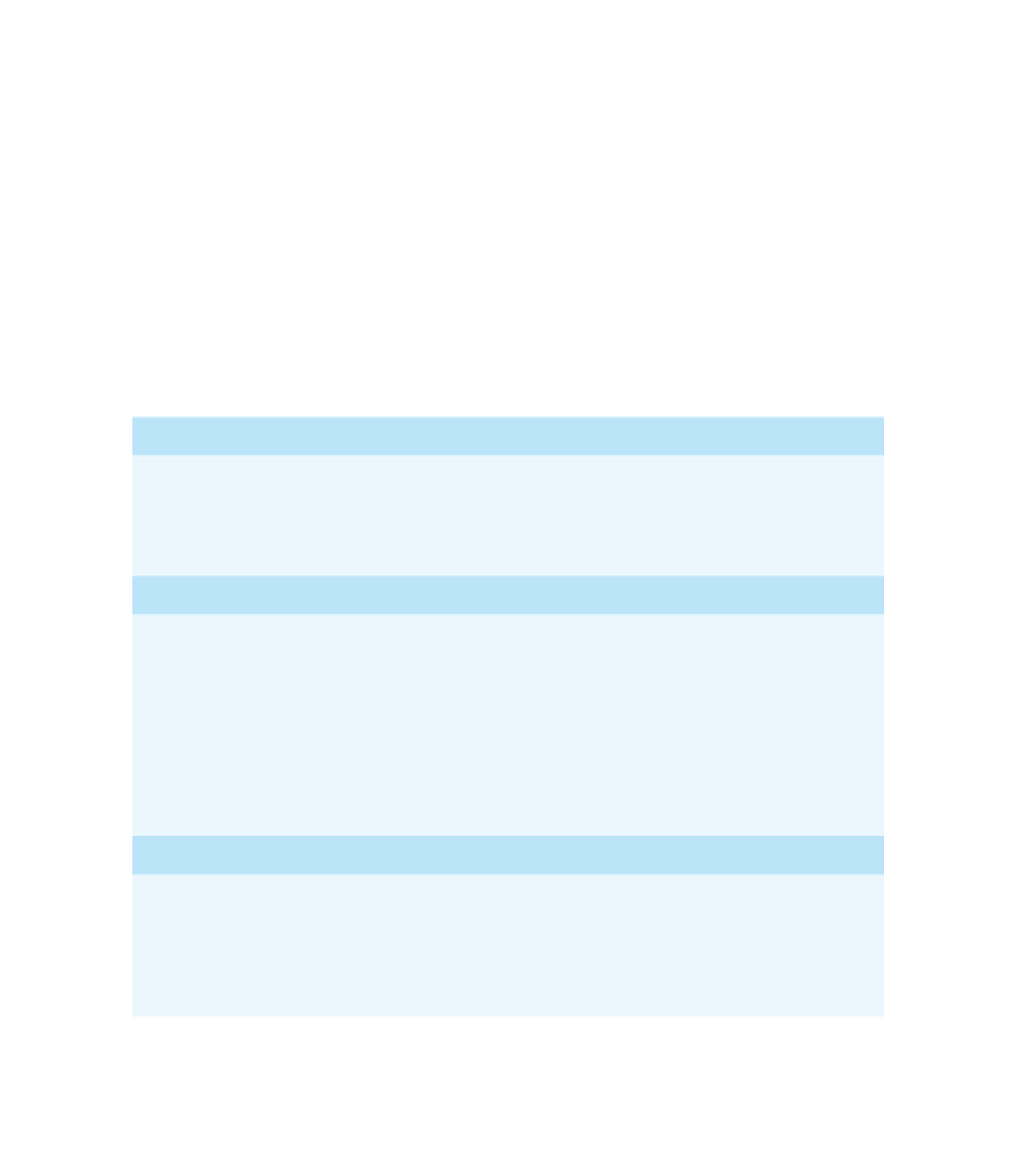Java Reference
In-Depth Information
As with any method, a
String
method is called (invoked) by writing a
String
object, a dot, the name of the method, and finally a pair of parentheses that
enclose any arguments to the method. Let's look at some examples.
As we've already noted, the method
length
can be used to find out the num-
ber of characters in a string. You can use a call to the method
length
anywhere
that you can use a value of type
int
. For example, all of the following are legal
Java statements:
length
String greeting = "Hello";
int
count = greeting.length();
System.out.println("Length
is " + greeting.length());
Display 1.4
Some Methods in the Class
String
(part 1 of 4)
int
length()
Returns the length of the calling object (which is a string) as a value of type
int
.
EXAMPLE
After program executes
String greeting = "Hello!";
greeting.length()
returns
6.
boolean
equals(
Other_String
)
Returns
true
if the calling object string and the
Other_String
are equal. Otherwise, returns
false
.
EXAMPLE
After program executes
String greeting = "Hello";
greeting.equals("Hello")
returns
true
greeting.equals("Good-Bye")
returns
false
greeting.equals("hello")
returns
false
Note that case matters.
"Hello"
and
"hello"
are not equal because one starts with an uppercase
letter and the other starts with a lowercase letter.
boolean
equalsIgnoreCase(
Other_String
)
Returns
true
if the calling object string and the
Other_String
are equal, considering uppercase and
lowercase versions of a letter to be the same. Otherwise, returns
false
.
EXAMPLE
After program executes
String name = "mary!";
greeting.equalsIgnoreCase("Mary!")
returns
true



















